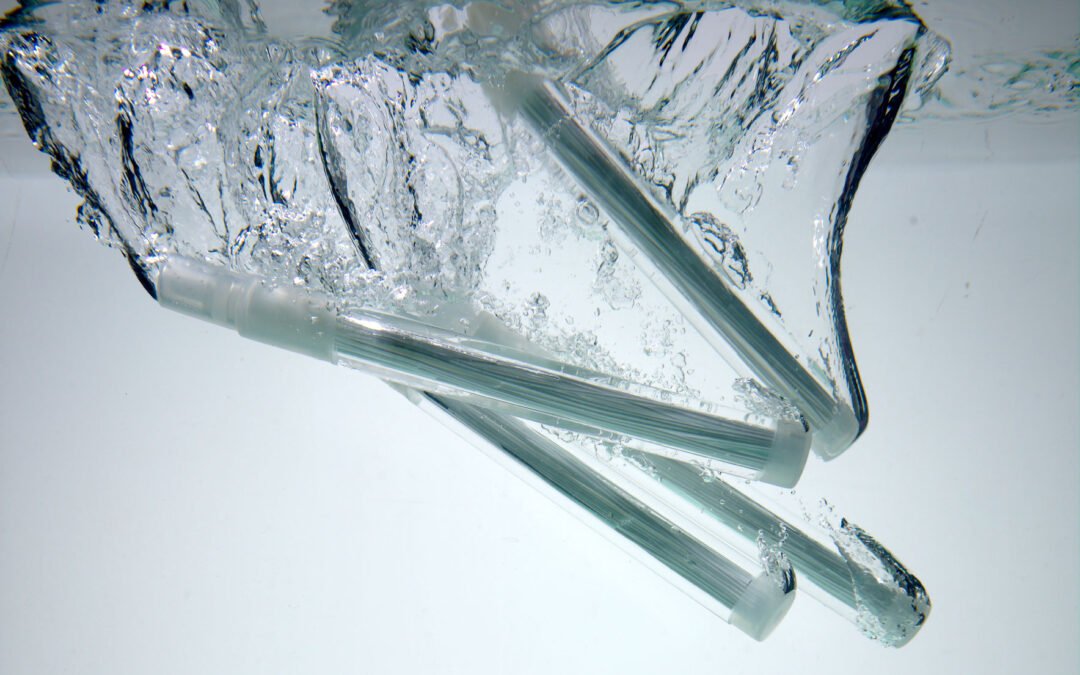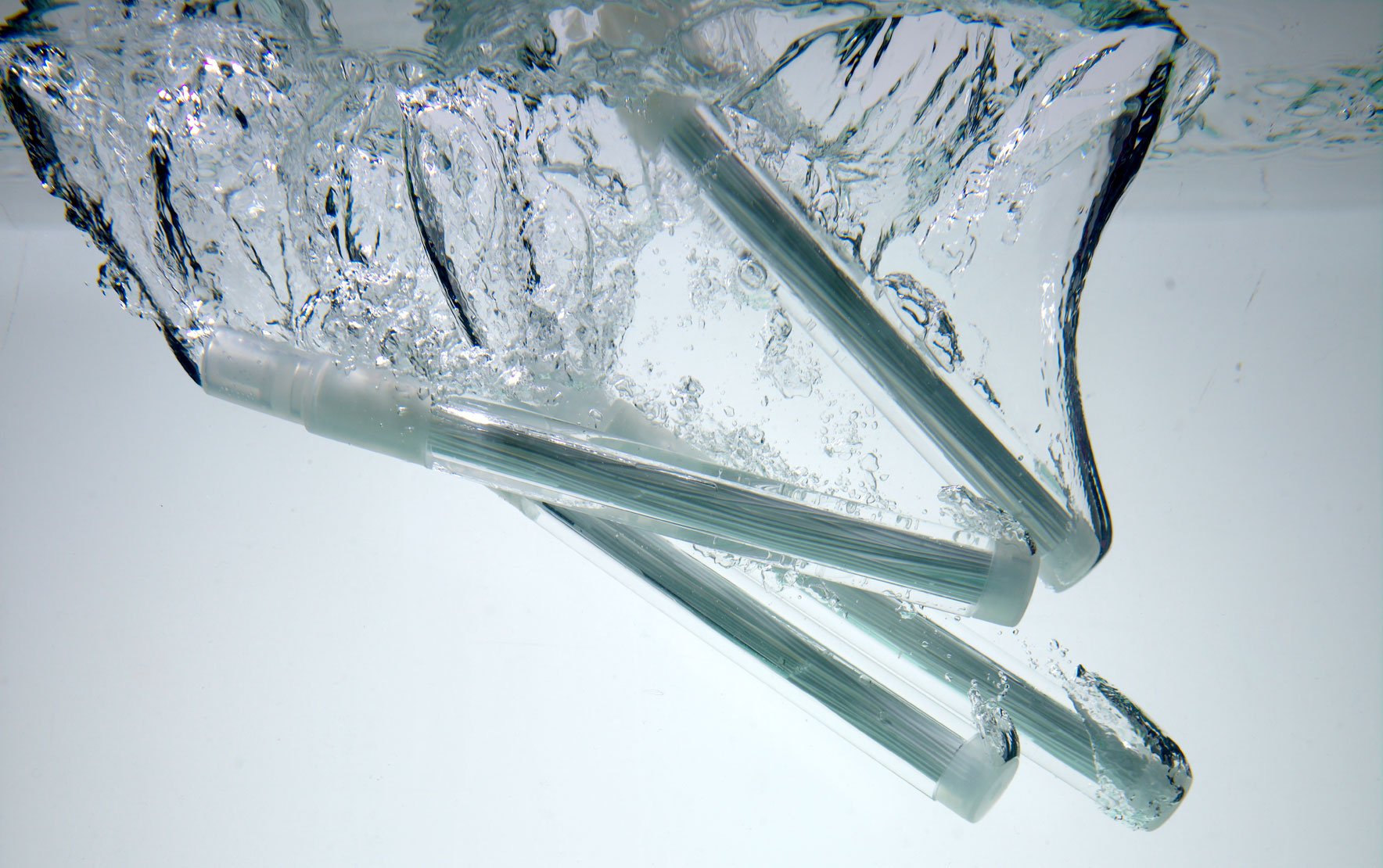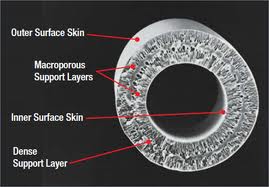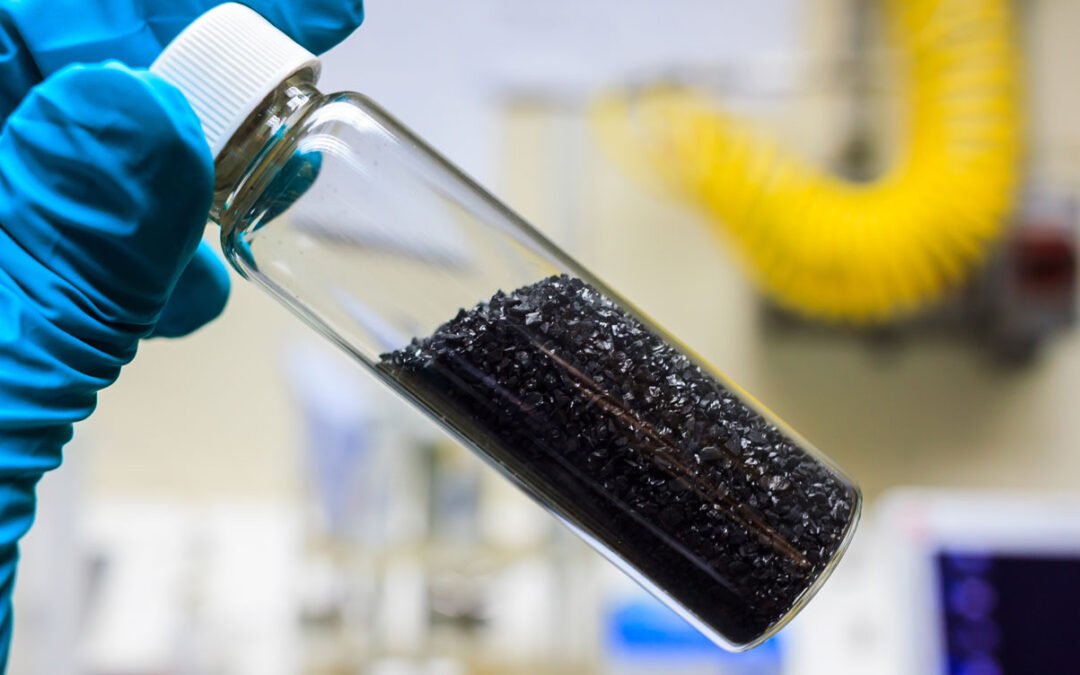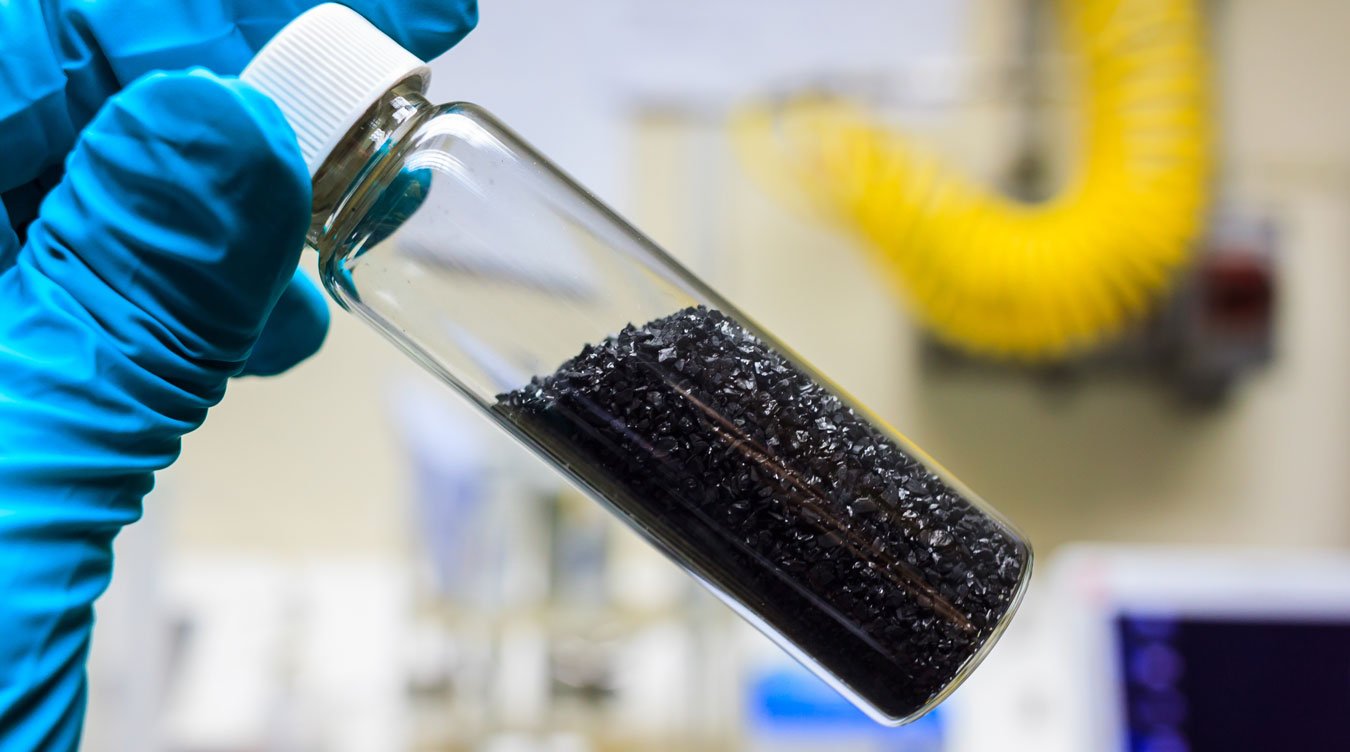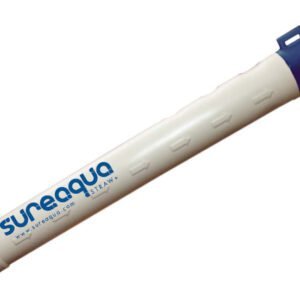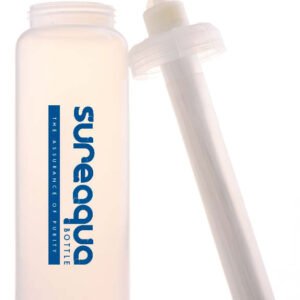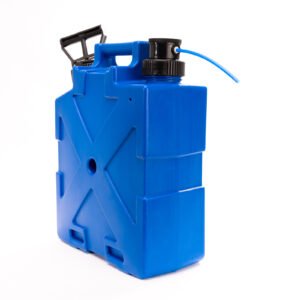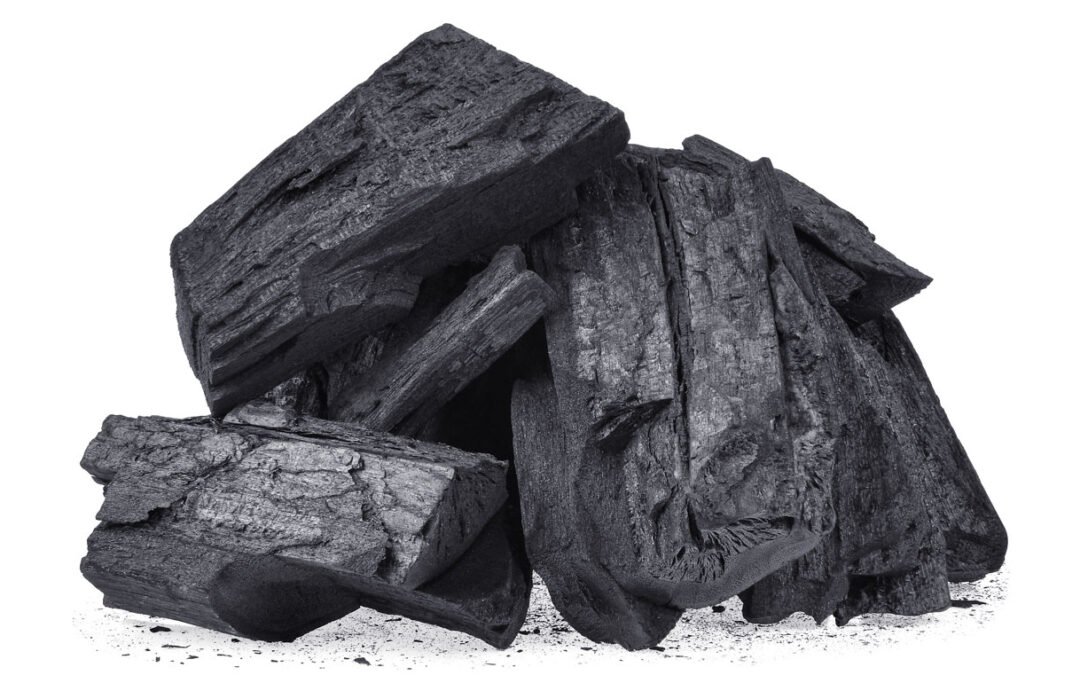
Carbon Block for use in Drinking Water Filtration
Carbon Blocks – One of the Earth’s Oldest Filtration Systems
Carbon is an age-old natural water filter, dating back to Ancient Egyptian times. Today, it is often used in household filtration systems (usually as some attachment to the kitchen tap) or as a pre-treatment for reverse osmosis filtration systems. Carbon Blocks are often used in city water treatment facilities.
Naturally, a porous material, carbon, basically absorbs contaminants. Some carbon block filters can filter out organic contaminants as small as 1.5 microns, while some carbon blocks struggle to trap anything smaller than 20 microns. It can effectively filter out organic contaminants and chlorine but not necessarily dangerous bacteria and viruses. Not all carbon blocks are the same.
Carbon is the 4th most comon element in the universe.
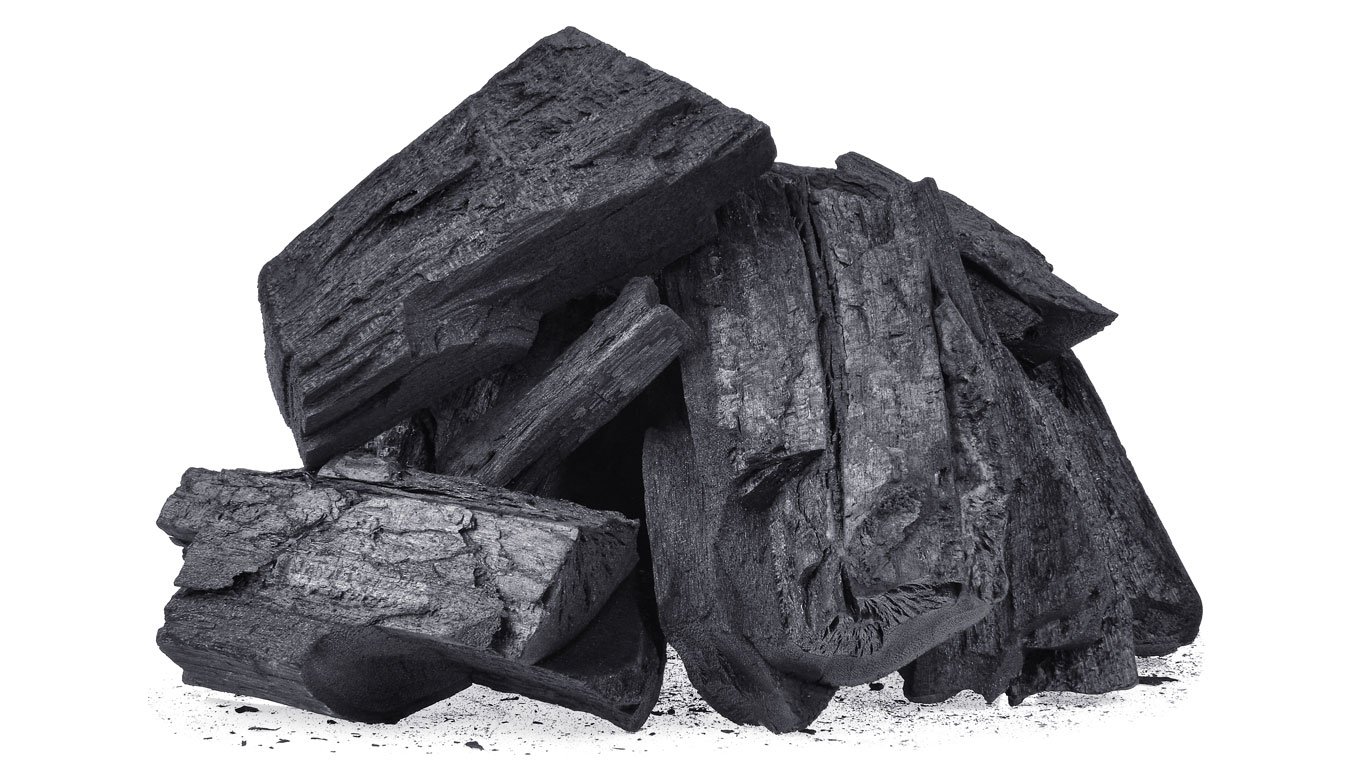
Carbon Block Filtering Capabilities
Although they use the same basic principle, the carbon block filtration system is usually an over-achiever compared to the activated granular carbon filtration system. The reason for this is that carbon blocks usually have a greater surface area, thereby increasing the rate of adsorption. The flow rate is another critical factor in effective water filtration systems: the longer the water takes to pass through the filter, the longer it has to absorb more contaminants, and the cleaner the water. Contact time is essential!
That is, forcing water at high pressure through activated carbon will significantly reduce the effectiveness of the absorption qualities of the carbon.
Activated carbon block, basically removes most of the bad tastes out of water.
Carbon block filters are often used in point-of-use household systems. Depending on the water quality in the area, carbon block filters are relatively effective at providing safe drinking water[in the home. As technology improves, the filtration systems are becoming more sophisticated and reliable. Many carbon block filters are now part of a three-stage system to protect against bacteria, viruses, and contaminants. Carbon block filters by itself effectively remove minerals but not dangerous bacteria and viruses bacteria from the water. Using Carbon blocks has a limited effect on the safety of drinking original water quality as it will likely contain bacteria or viruses still.
Did you know nearly 20% of your body mass is Carbon!
Carbon Blocks donot remove important minerals in water
Health-providing trace minerals like dissolved calcium and magnesium do not bond to carbon, allowing the minerals to pass through, thereby retaining the water’s health quality and good taste.
Removal of Heavy Metals from water
Heavy metals like lead do not bond to the carbon. The heavy metals being larger in size are strained out by the pore size of the block — basically like trying to fit a basketball down a hole designed for a ping pong ball!!
Carbon block filtration systems are relatively economical and ecological. There is no need for electricity as the block uses the natural water pressure to filter, though it takes significant time to pass through. Carbon is relatively cheap, so it isn’t the most expensive filtration technology available. Most carbon block filtration systems require replacement every 5,000 gallons of water, taking water from roughly 4 to 10 cents per gallon. The most expensive part is getting in a professional plumber to install and/or replace the system at home.
There are some commercially available jugs that use carbon blocks to filter organic material from water and improve the taste. It does not provide you instant drinking water as it takes many minutes or hours in some cases to go through the compact carbon blocks.
Essentially, carbon block filtration is a useful option for household use but isn’t failsafe and doesn’t provide you with portable water purification.
Carbon Blocks are not useful in non household situations
Carbon block filters are not appropriate for hiking, camping, or traveling for water filtration systems that you can take with you. Opt for a water filter bottle like the Sure Aqua Survival Bottle that uses nano-filtration technology to remove 99.9999% of bacteria. Check out the rest of the SureAqua range to find the right water filtration system to suit your needs.

